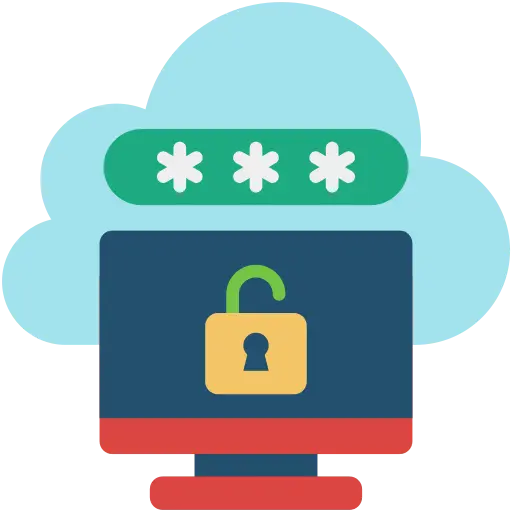
Keep software up to date:
This includes the web server software, the Content Management System (CMS), and any plugins or add-ons. Keeping software up-to-date helps patch any security vulnerabilities that may have been discovered.

Use strong passwords:
Make sure to use strong, unique passwords for the web server, the database, and any administrative accounts.

Enable HTTPS:
HTTPS (HyperText Transfer Protocol Secure) is a protocol for secure communication over the internet. It provides authentication, encryption, and integrity protection to the data being transmitted.

Use a Web Application Firewall (WAF):
A WAF is a security layer that sits between the web server and the internet, monitoring incoming traffic and blocking malicious requests.

Implement proper access controls:
Control who has access to sensitive information and restrict access to the minimum necessary.

Monitor logs:
Regularly monitor logs to detect and respond to potential security threats, such as hacking attempts, brute-force attacks, and unauthorized access.

Perform regular backups:
Regular backups are important in case of data loss or a security breach. Keep backups stored securely and in a separate location.

Train employees:
Make sure employees are aware of the importance of website security and trained on how to follow security best practices.



